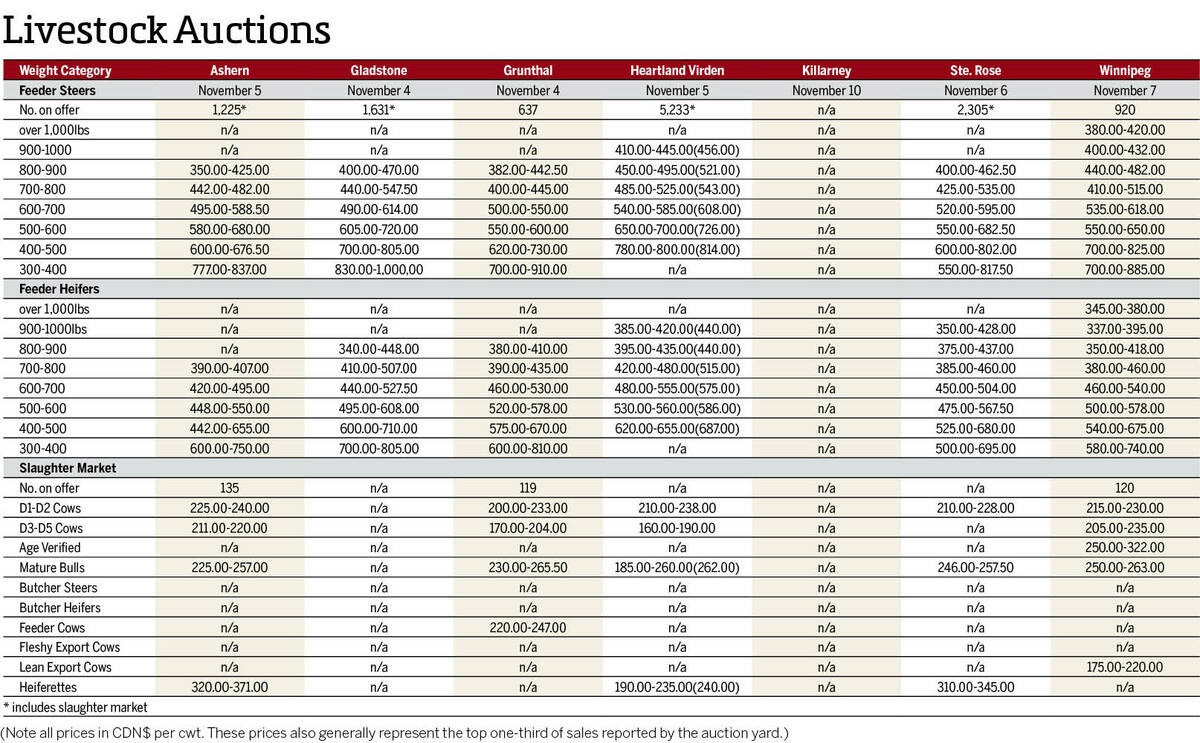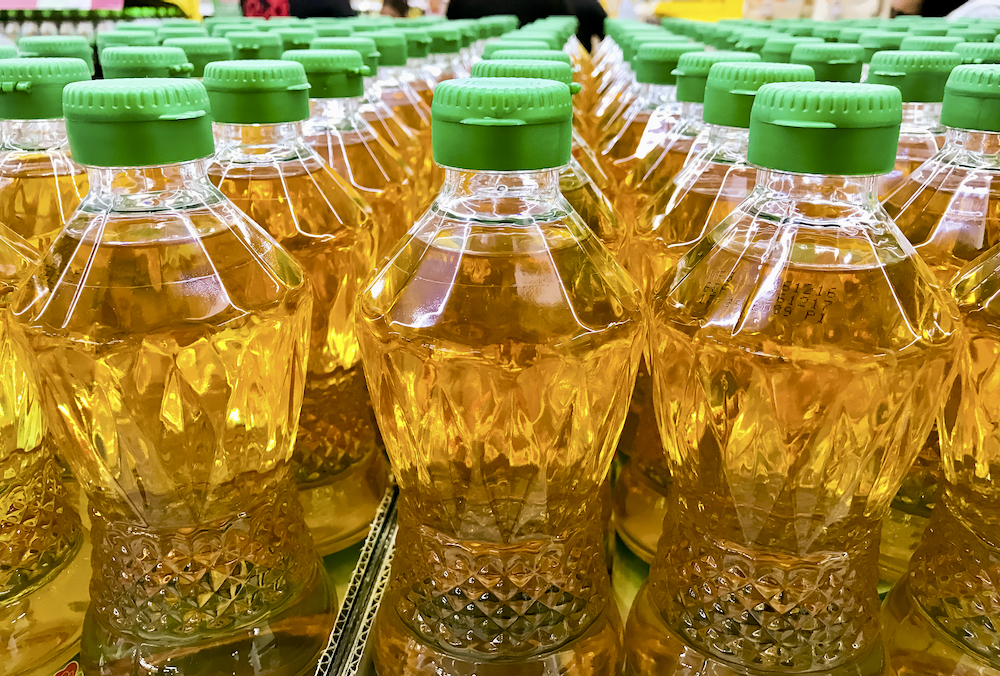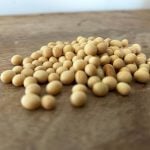When eating a nice meal, plenty of different oils can come into play. Canola oil to fry the onions, olive oil for the salad, some butter for the bread, and even crude oil for the fuel that brought all those ingredients to the grocery store. This varied assortment all has an impact on marketing success.
Crude oil
West Texas Intermediate crude oil hit its strongest levels in four months in mid-March, climbing higher on the back of a report from the International Energy Agency that predicts increased demand and tightening oil supplies over the next year. Ukrainian drone strikes on Russian oil refineries added to strength in the energy markets, as the geopolitical tensions create added uncertainty.
Read Also

Manitoba cattle prices – Nov. 10
Cattle prices from Manitoba’s major auction marts for the week of Nov. 4-10.
Palm oil
Malaysian palm oil has climbed to its highest levels of the past year, underpinned by weather concerns in key growing regions and dwindling stocks. Palm oil accounts for the largest percentage of vegetable oil consumed globally, so activity in that market usually has an influence on other markets, including canola.
One thing to watch is new European Union rules on imported products tied to deforestation, set to come into effect at the end of the year. While stated goals of the regulations to stop deforestation and preserve biodiversity are commendable, analysts have started to point out the possibility of unintended consequences tied to likely adjustments in world trade flows.
Soybean oil
Soyoil accounts for the second largest amount of vegetable oil consumed worldwide, but it traded at its softest levels in three years as recently as February. Soyoil futures finally found some support, climbing above some major moving averages in mid-March. Talk of vegetable oil shortages in India, along with possible soybean harvest delays in Argentina – a major soyoil exporter – contributed to the strength in soyoil.
Canola oil
Updated data from Statistics Canada confirmed processors in the country handled a record 10.523 million tonnes of canola during the 2023 calendar year, producing 4.422 million pounds of canola oil. That record may be broken again in 2024, with the weekly crop year crush pace running about six per cent ahead of year-ago.
While still historically high, crush margins have softened over the past month as canola prices rose. With nearby margins of about $170 to $180 per tonne above the futures, processors remain highly profitable but they’re not making quite as much money as when those margins were still topping $200 per tonne in February.
Canola futures moved higher during the week ended March 15, but ran into resistance and could trade sideways for the time being as large old crop supplies overhang the market and it’s still too early for major new crop weather concerns.
















